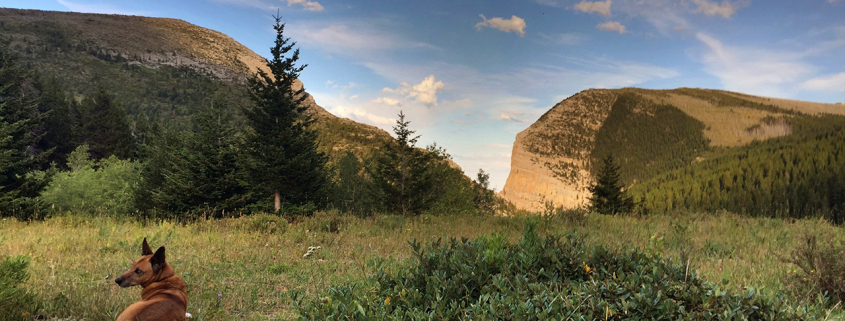Dogs in the Wilderness – What You Need to Know
Leashed dogs are generally welcome in wilderness areas of Forest Service and Bureau of Land Management. However, popular sites such as trails and destinations may be closed to dogs, or a leash may be required. You must check the agency regulations regarding dogs for the area you want to visit. If rules allow you to bring your dog along on your next wilderness adventure, there are many things that you should consider!
Elderly dogs, obese dogs, and those with health conditions do not do well on wilderness trips. Young and athletic dogs with pre-trip conditioning will generally do their best. You must assess your dog’s age, stamina, and overall health before considering taking them on a wilderness trip. Ensure that your dog is up to date on their vaccinations as well.
You may discover the duration and difficulty of the trip is not reasonable for your dog. It would help if you considered rocky areas with sharp rocks, boulders with narrow ledges, and areas with swift water. It is also a good idea to consider the temperature and season. Dogs don’t sweat like people do and can overheat quickly. Conversely, dogs with short legs and thin fur will struggle in cold conditions and deep snow.
Do not forget all of the wildlife that is in the wilderness! You may come across raccoons, bears, porcupines, and even wolverines that can kill or severely injure your dog. You must keep your dog close at all times while in the wilderness. Please do not allow them to be unleashed, no matter how trained you think they are!
Finally, be courteous of other people and dogs. Although you may be a dog-loving person, not everyone is comfortable with being approached by dogs. You never know if someone experienced a traumatic experience in the past. Trips to the wilderness can be a great bonding experience for you and your dog. We hope you follow our tips to ensure that you have a fun and safe trip!



